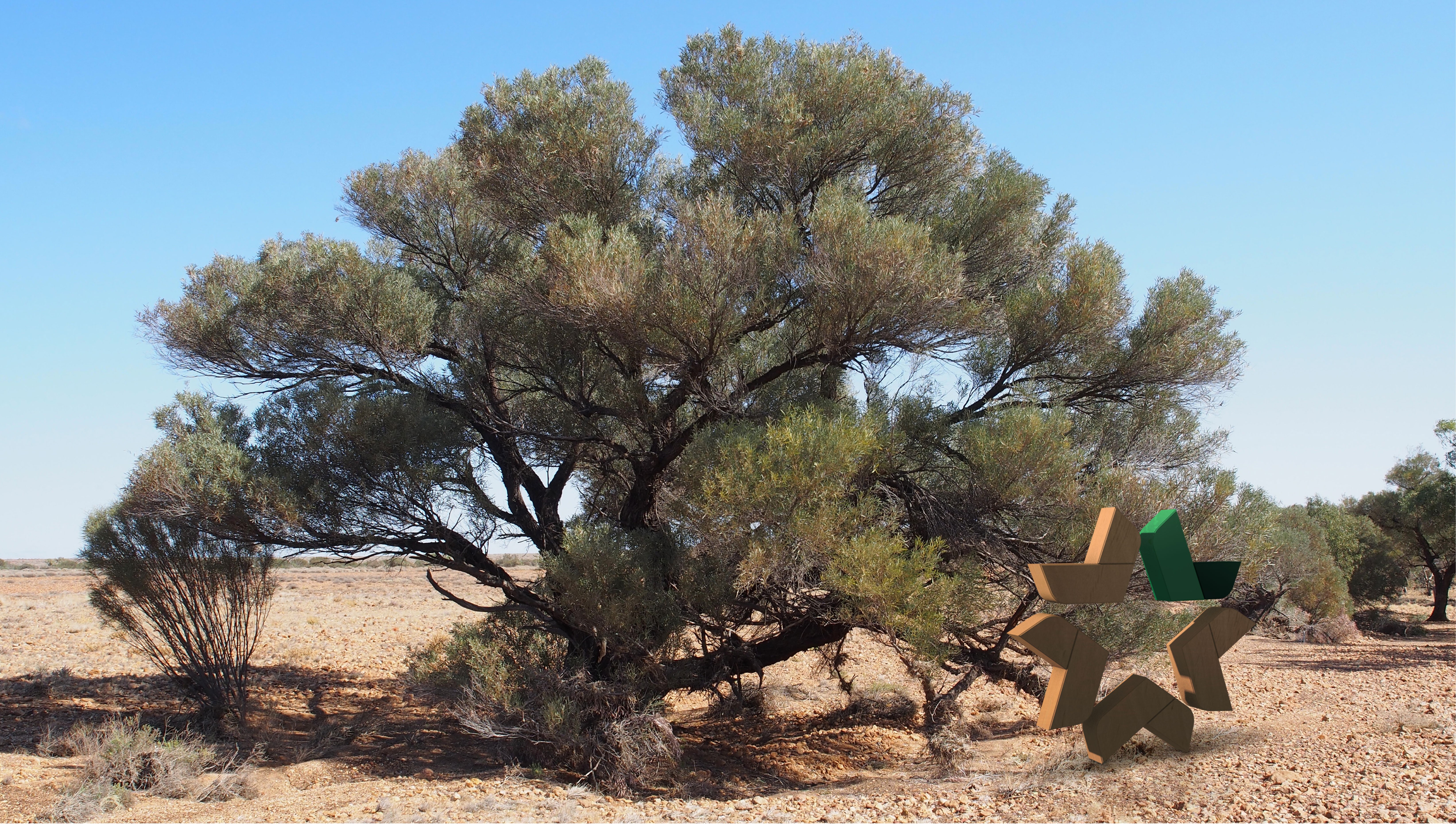
Category
inspiring ideas
inspiring ideas
This month, the trees featuring in our special blog chasing the tree on every continent include: Waddy Wood, White Orchid-tree, Gidgee, Snakewood Tree, and Lancewood Tree. Our journey of chasing the tree on every continent continues in the Australian continent in April.
Coniferous Waddy Wood
The first tree featuring on our social media accounts this month, the Waddy Wood is known as “Acacia Peuce” in Latin. A species endemic to Central Australia, this tree is also known as Aratara, Kurriyapiri, and Arripar by the local people from different regions of Australia. Waddy Wood can grow up to 15 to 18 meters in height. In addition, it has short horizontal branches and needle-like leaves adapted for the arid dry climate.
Ornamental Plant White Orchid-Tree
The tree called as “Bauhinia Acuminata” in Latin and found in Australian region, is known as the White Orchid-tree. This small tree that can grow up to 2-3 meters has wide and white leaves of 6 to 15 centimeters in length. The white orchid-tree is widely cultivated throughout the tropics as an ornamental plant; and is also used as a local medicinal remedy.
Branchy Gidgee
Known as “Acacia Cambagei” in Latin and now as Gidgee, the tree is endemic to Australia. The tree can grow up to 12 meters in height and form extensive open woodland communities. Having a hard and dark-brown bark, the Gidgee has a branchy appearance. Apart from this appearance, it is also known with its unpleasant odour that it releases from time to time.
Snakewood after the Rain
“Acacia Xiphophylla”, also known as the Snakewood Tree, is a special tree species endemic to Western Australia. This tree is also known as Marrawa, Puluru, and Pukarti by some indigenous people living in Australia. Growing as a very bushy tree, the Snakewood can grow to a height of 7 meters and to a width of 8 meters. It flowers shortly after rains and the flowers of the tree can be collected from January to May and from August to September.
Yellow-Flowered Lancewood Tree
Our tree native to Australia is the Lancewood Tree, also known as “Acacia Shirleyi” in Latin. The tree can grow up to 15 meters in height and has a dark gray or black bark and blue-gray foliage. The yellow flowers of the tree appear from March to July.
Do not forget to closely follow Yıldız Entegre social media accounts during April to get to know the trees of the Australian continent better.
CHASING THE TREE THE ARCHITECT: JEAN NOUVEL
PREVIOUS
Bauhaus School and Today's Understanding of Design
NEXT


